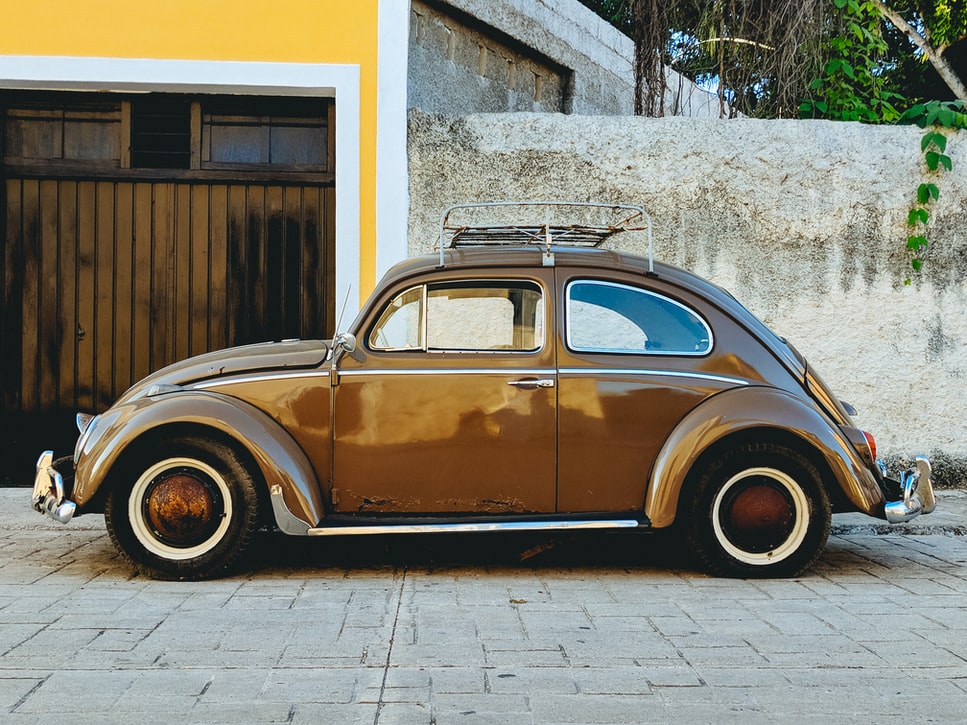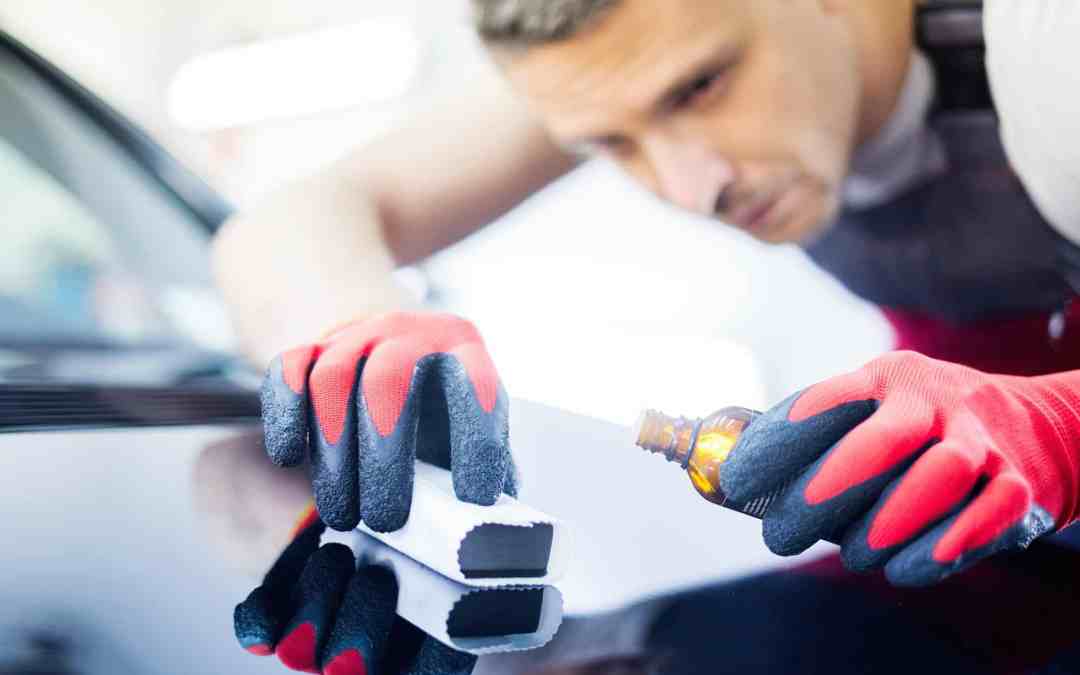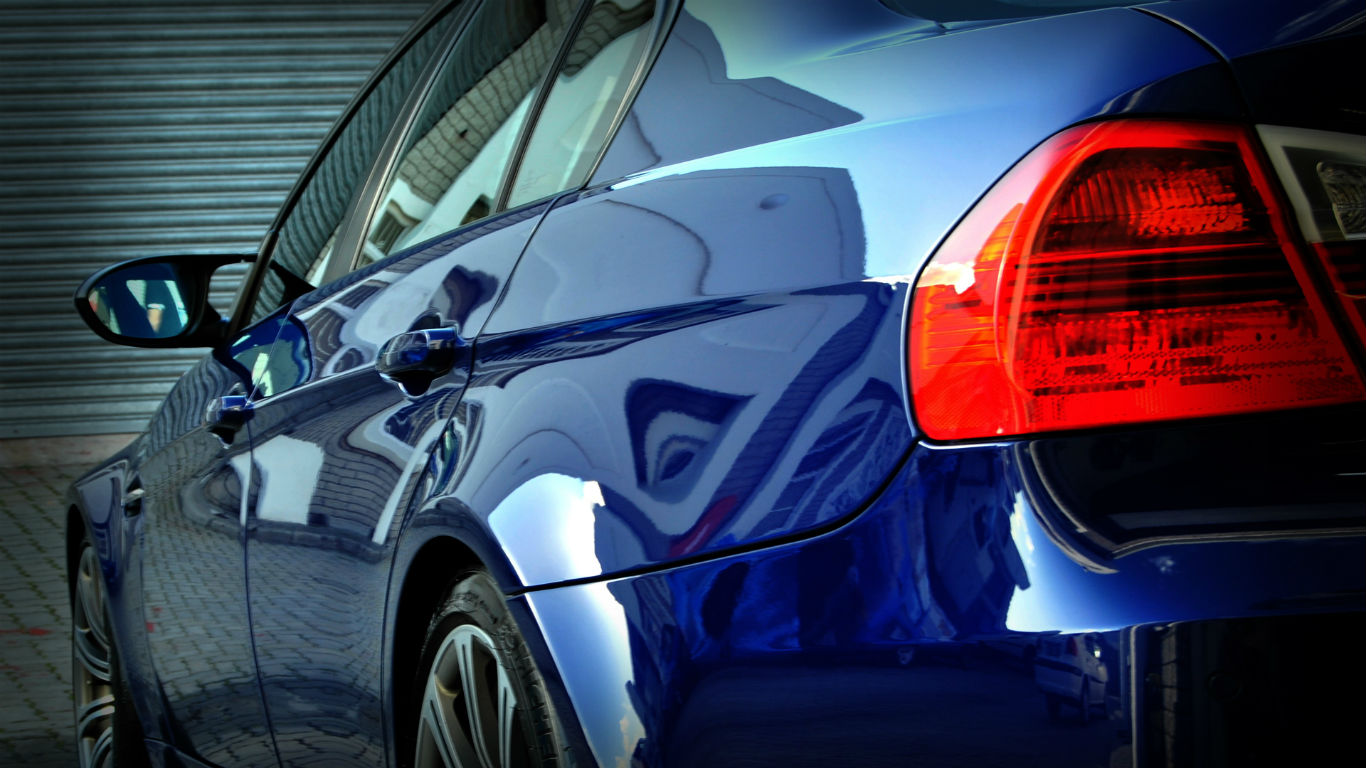Teflon coating for car is an affordable option for those looking to protect as well as enhancing the look of their precious vehicle’s paint job. Also used in nonstick cookware and pans, Teflon coating not only protects your car from swirl marks, scratches and scuffs but also shields it from corrosion, environmental impacts and road chips.
In addition, Teflon coating will give your vehicle a glossy shine that simple waxing and polishing cannot achieve, and can significantly enhance the appearance of old vehicles. Teflon coating lasts longer too: a proper coat of Teflon can last upto 6 to 8 months.
This article will explain the many advantages of this car maintenance technique, as well as its disadvantages, how much it costs, how long it lasts, other options for paint job protection, plus many useful information that you must know about before deciding to pay for this service.
Contents
Understanding Teflon Coating
What is Teflon coating? Car Teflon coating, which is also popularly known as Paint Protection Coating, is a treatment offered by car detailing shops to improve the look and longevity of the paint job. Teflon is a brand originally owned by Dupont, but now has become a generic term to refer to PTFE paint sealants.

Body Coating
A proper coat of Teflon is usually 0.2 microns thick. Teflon is a chemical form of synthetic fluoropolymer that is non-sticky in nature and reduces friction on the surface it is applied, thus minimizing dust and dirt sticking to your car’s exterior and diminishing its looks.
Importantly these coatings form a reasonably thick waterproof and heat-resistant protective layer over the paint. Therefore, in addition to enhancing the gloss and shine of the paint, high quality Teflon also prevents rusting from contact with water, and even protects the paint from harsh weather conditions such as acid rain, to a certain extent.
Regarding Teflon’s heat resistance properties, it has been proven in various laboratory tests that the material can withstand temperatures up to 260 degree Celsius. This means the material will protect the paint from deterioration due to continuous exposure to RV light as well as wear and tear in extreme temperatures or rapid temperature fluctuations.
Underbody Coating
Teflon coating is also done to the underbody of a vehicle. The underbody coating that is commonly used on cars in many countries is a spray-on, thick, rubberized paint that forms a 2-3mm thick coating all along the underside of the car, as well as a thinner, clear lacquer-like coat covering the entire underside. If you like, you can even have the shop inject rust-preventive coating material into crevices such as the bottom of doors and door sills, to protect them from rust.
Ideally any additional underbody coating should be applied when the car is brand new and clean. Car manufacturers already use thick paints and sealants for the underbody since they are exposed to a lot more abuse, but adding an underbody coat is inevitably useful. This is especially true in coastal cities, where salt water tends to corrode the underside of vehicles very quickly.
READ MORE
Teflon Coating Process

- Washing & Drying: The entire car surface is washed and clean thoroughly to get rid of any dust particles while preventing any unwanted scratches, which can affect the quality of the coating. The car body is then wiped properly and let dry completely.
- Polishing: Car waxes and polishes are used in this step so that the paint has maximum possible shine and gloss before it is coated with Teflon. This preparation process can make dull paints look significantly brighter and enhance the look of an aged vehicle.
- Coating: Teflon coating is applied over the entire car body in a lubricated form. When the drops of Teflon dry up in, say, 15-20 minutes, it bonds to the surface. For underbody coating, the rubberized paint is sprayed all over the underside of the vehicle, then a clear lacquer-like coat.
- Buffing: In the last step, the car is polished by a car buffing machine to “massage” the coating onto the car’s surface and turn it into a transparent, shiny coat layer. This is quite a laborious process and often requires polishing equipment. Once signs of the Teflon drops have disappeared, the car is wiped once again with a clean microfiber cloth to make it free of any residue or dust. The buffing process typically takes more than 30 minutes and if done properly, even minor scratches can be removed, restoring your vehicle to a brand new state.
Teflon Coating For Cars: Advantages
Gloss & shine
The most apparent advantage of Teflon coating is that it significantly enhances the gloss and shine of your paint job, even on aged vehicles. If properly applied, even the minor scratches in the paint will disappear, plus a Teflon coat will last for at least 6 months upto 8 months. That is why many car owners are more than willing to pay for Teflon coating once in a while instead of merely washing and polishing.

Protection from corrosion, scratch, moisture & heat
The second advantage of Teflon, which is more important than just appearance enhancement, is this protective material will increase the life of the paint. Teflon forms a non-sticky, waterproof and heat-resistant layer on the surface it is applied on. Therefore, Teflon coating also acts as a paint protection film by forming a layer over the car’s paint that prevents rust, dust buildup, swirl marks, minor scratches and natural wear due to exposure to weather elements.
While most new vehicles come with a high gloss paint finish that will somewhat resist dust buildup for a short while, applying a coat of Teflon should considerably make the car look pristine for longer.
That said, if you live in a dry place and your car is not prone to rust, dust buildup and scratches, you might just need regular washing, waxing and polishing to maintain your paint job. In this case, if you have the time and patience plus handiness, a good hard wax is a better option for your car. The benefits of a hard-wax are not long-lasting, but can be re-done at a much lower cost.
Underbody protection
On bad roads, flying stones and pebbles can chip off the original underbody coating of your car and leave the metal exposed. This is where an aftermarket underbody coating offers extra protection for your precious vehicle. In addition, with an extra protective layer, slush build up won’t lead to rusting easily. Most underbody coating these days come with a five-year warranty, which is fair value for money too.
Underbody insulation
Interestingly, the thick, rubberized paint layer of underbody coatings also act as effective sound dampeners. Thanks to the sound absorptive nature of rubberized paints, they can reduce road noise and tyre noise and make your ride a bit quieter.
READ MORE
Teflon Coating For Cars: Disadvantages
Not long-lasting
Teflon coating does not last long enough; you would need to have it done twice a year to provide your precious four-wheeled investment with proper insurance.
High cost
The high cost of Teflon-coating applications is another downside. Car dealers and auto detailing shops often charge from $3,000 to coat a car, with coating for certain vehicles approaching $5,000. Double that every six months for the annual expenses.
Risk of underbody damage during application
If underbody coating is not applied properly, the thick rubberized paint can get into moving mechanical parts and cause premature failure, such as into the U-joint or CV joints in the propeller shaft or drive shafts. The thick paint can also hinder smooth movement of suspension components. In addition, there’s also the risk of over spraying onto the paint finish on the lower edges of the car.
Teflon Coating: Other Things You Should Know
Teflon Coating vs Polishing: Which Are You Paying For?
Since Teflon is expensive, if you are paying for it, make sure that is the exact service you get for your vehicle. Many car owners have reported that workshops cheated on them by merely waxing and machine polishing the vehicle in the name of applying a Teflon coating, which would have nowhere near the same benefits.
After proper hard-waxing and buffing, old vehicles also get enhanced with a glossy shine, so the less experienced car owners might not suspect just then, only to question later on as to why the supposedly Teflon coating is so short lived. Now that you know what Teflon is and the process for applying it, make sure you are getting what you paid for.
Colour
As above, Teflon coating forms a transparent layer on the paint of your vehicle and doesn’t have a colour of their own. However, there is actually a limited colour selection that is commercially available in case you want a new colour finish for a change. Teflon coatings are sold in grey, black, green, blue, red and brown, the most basic and popular choices.
Cost
It will cost you around $3,000 for the body coating and another $2,000 on top for under-body coating, so $5,000 in total, or $10,000 a year if you own an expensive model and wish for it to look its best all year round.
Teflon Coating vs Ceramic Coating
Sure, getting a ceramic coating treatment for your vehicle will be a better option if longevity of protection is your utmost priority. While getting a ceramics coating will be very expensive, it will be far more durable and will even offer more protection from minor scratches, dust, corrosion, and environmental impacts. It’s also more resistant to harsh weather conditions such as acid rain.
However, remember that the cost of ceramic coating is at least 3 times and upto 5 times more than that of teflon coating. Therefore, if you are looking for a reasonably priced coating treatment and/or if you are not planning to keep the vehicle for too long, Teflon is the better choice.
Lifespan
That said, well-applied Teflon coatings last up to 8 months while in comparison, ceramics coatings are known to last up to a minimum of 3 years. If applied in a correct manner plus proper maintenance and if you live in a place where the elements are not too harsh on your vehicles, ceramic coatings can even last the entire lifetime of a vehicle.
Therefore, although some 3x to 5x Teflon-coating price sounds a lot, such longevity means you get exactly what you pay for, and it might not be actually that expensive after all. Ceramic coatings are more popular with car owners who tend to stick with a vehicle for a few decades.
Maintenance
- Washing your car after Teflon coating: Once the coating is done, it is advised by professionals not to use harsh soaps or other detergents on the paint as this can reduce the thickness of the coating. In general, you should use pH-neutral shampoo that you can buy from any auto shop or even your local supermarkets. pH-neutral shampoos are effective in removing dust and grimes, if you do it properly and regularly enough, and are totally gentle on all paint jobs and coating treatment.
- Teflon coating can make minor scratches disappear and recover faded paints, but to a certain extent only. It cannot completely remove more apparent scratches, although it can considerably reduce the appearance of swirl marks. In addition to getting a Teflon coating, if you want to take care of more serious scratches, you can use Scratch Out from Formula 1, which is a liquid rubbing compound. Also, to better recover faded paint as a better preparation for the Teflon coating, use high-quality car waxes by a major brand.
READ MORE


